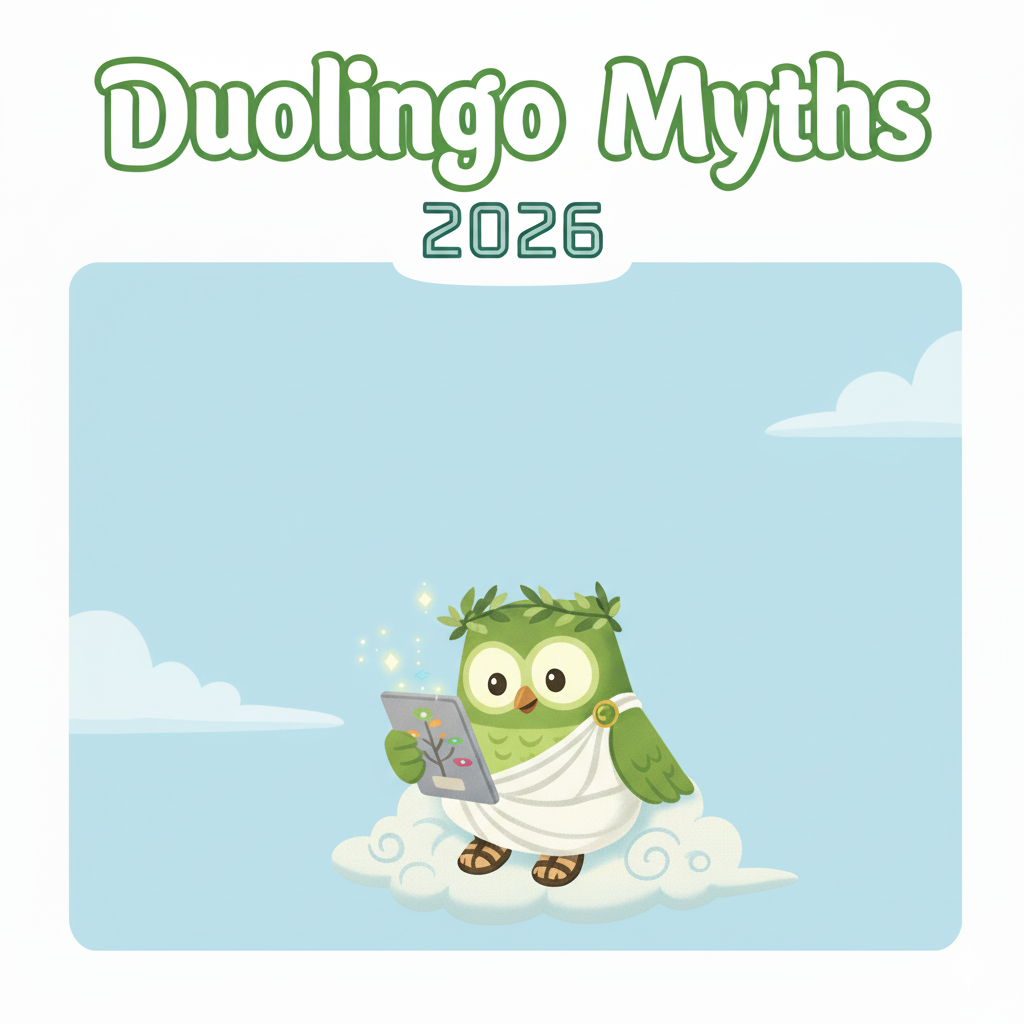Language, as a reflection of society’s values, often creates subtle distinctions between women’s and men’s words, which shape how we perceive and communicate ideas. Although English lacks the depth of gendering in some languages, these linguistic nuances remain an exciting part of our everyday conversation. It provides insight into historical biases, cultural norms, and the ongoing evolution of language towards inclusion by examining subtle gender associations in words.
In this blog, you will learn more about feminine and masculine words in English, their impact on communication, and the emerging trend of gender-neutral language.
What is ‘gender’ in terms of language?
In language, Gender refers to the nouns, pronouns, and parts of speech into categories such as feminine, masculine and neuter. A noun, part of language, is categorised into name, place, person or thing. For example, nouns can refer to places such as Cities or restaurants. It can also refer to a thing such as a table or a chair and a name such as Sean or Sarah.
There are two types of genders in language. They are as follows.
Choose your dream country
When do you want to study abroad?
What's your highest level of education?
Select you current city
How Leap will help you
Personalised University Shortlist
Express Applications with Quicker Admits
End-to-End Application Support
- Grammatical Gender
- Natural Gender
Grammatical Gender
is used to classify nouns and related words such as feminine, masculine, neuter and inclusive. However, it is essential to note that grammatical gender does not necessarily correspond to biological gender but rather serves as a linguistic feature inherent in the grammar of a language.
Categories of Grammatical Gender
- Feminine: Nouns categorised under Feminine include words associated with females or entities related to females—for example, a woman, mother, tigress, moon or the earth in terms of objects.
- Masculine: Nouns categorised under Masculine include words associated with males—for example, a man, brother, lion or sky in terms of objects.
- Neuter: The neuter gender category of nouns in some languages does not fall under the male or female categories. For example, truth, happiness, or time are some words that do not fall under the category of feminine or masculine.
- Inclusive: Gender inclusive aims to recognise and represent different gender identities beyond these traditional categories like feminine, masculine or neuter. It aims at a linguistic approach to acknowledge and accommodate all genders within grammatical gender systems.
Natural Gender
Natural gender is the linguistic concept that defines a word or pronoun and determines its actual gender based on the reality of an object. Unlike grammatical gender, which is a linguistic feature to classify words into masculine, feminine, neutering or other categories that do not necessarily match their biological sex, natural gender directly matches those of living beings and entities.
Examples
- Humans: To describe biological sex, English uses gender-specific pronouns:
- "He" is for men: "He's a doctor."
- "She" is used for women: "She is an engineer."
- Animals: Gender-specific terms based on biological gender can also be used in English when referring to animals:
- "Stallion" for the male horses
- "Mare" for the female horses.
Gender of Nouns
The gender of nouns refers to a grammatical concept in some languages in which a word is divided into different categories.
- Feminine nouns
- Masculine nouns
Feminine Nouns
Feminine nouns are a grammatical category classified as masculine, feminine, neuter, or other gender categories. They usually denote entities, objects, or concepts that linguistically fall into the feminine category, though this classification doesn’t necessarily correlate with biological gender.
Here is a list of feminine nouns
| Words | Examples |
| Mother | Her mother is a good cook. |
| Lady | She is a remarkable lady with a good sense of humour. |
| Niece | Sarah’s niece turned 1 this year. |
| Peahen | The zoo has a diverse collection of birds including peahen. |
| Lioness | The pride led by a powerful lioness known for her hunting prowess. |
Masculine Nouns
Masculine nouns are a category of nouns that have been classified into male, female, and neuter categories. They represent entities, objects, or concepts that linguistically fall into the category of being masculine, though this classification doesn’t necessarily relate to biological gender.
Here is a list of masculine nouns
| Words | Examples |
| Father | David’s father is a renowned businessman. |
| Gentleman | He displayed gentlemanly behaviour throughout the event. |
| Nephew | My nephew cooks really well. |
| Peacock | Visitors were in owe by seeing the vivid colours of the peacock at the zoo. |
| Lion | The lion is often considered a symbol of strength and courage. |
What is gender-neutral language?
Gender-neutral language refers to linguistic practices that avoid gender-specific or gender-biased terms and instead use inclusive and neutral language regarding gender. It uses words and expressions that do not identify a given gender or exclude any of its characteristics.
Characteristics of gender-neutral language
- Using gender-neutral pronouns: Introducing the pronouns that do not specify gender. Examples include "they/them/their" used as singular pronouns: "Alex likes their coffee black."
- Neutral terminology: Introducing gender-specific terms and gender-neutral alternatives:
- "Police officer" instead of "policeman" or "policewoman."
- 'Server' rather than 'waiter' or 'waitress.'
- Using gender-inclusive nouns: Use words that refer to a person of any gender: 'Person' and 'individual' instead of gender-specific terms.
List of Gender-Neutral Words
Gender-neutral languages aim to be inclusive and avoid gender stereotypes.
Here's a list of gender-neutral terms that can replace gender-specific ones.
- Human
- Person or Individual
- Police officer
- Flight Attendant
- Salesperson
- Spouse
- Sibling
- Colleague
- Child
- Guardian
Summing Up
The English language has classified phrases as feminine or masculine based on societal perceptions and historical gender norms. However, embracing gender-neutral terminology is essential as we move towards a more inclusive society. By adopting gender-neutral language, we ensure everyone is treated with respect and recognition, regardless of gender.
For more guidance on feminine and masculine words in English, contact our Leapscholar counsellors.
Frequently Asked Questions
Q. What are feminine and masculine words in English?
Ans. Feminine and masculine words in English refer to nouns or terms associated with either females or males, respectively. Some words have a gendered meaning, even though English lacks the grammatical feminineness of some languages. For example, "Queen" or "Princess" is often regarded as a feminine term while the word "King" or "The Prince" has been seen as masculine. The association may also extend to the occupations of "actor" and "actress", or titles like "waiter" and "waitress".
Q. Why do some words have feminine or masculine associations?
Ans. Given the influence of history, culture and social trends, it is not unusual for words to be associated with femininity or masculineness. These associations come from traditional gender roles and prevalent perceptions in society. Some words have become associated with specific genders based on their roles or characteristics. For example, due to societal norms, "queen" or "nurse" have historically been associated with women. Likewise, "king" or "policeman" were linked to males.
Q. Example of feminine words.
Ans. In English, feminine words are often used as terms associated with or traditionally attributed to women. "queen," "mother," "daughter," "Actress" and "nun" can be examples of women's words. The meanings of these words are usually associated with femininity, societal roles or specific professions traditionally associated with women.
Q. Example of masculine words.
Ans. In English, masculine words are often associated with and traditionally attributed to men. For example, male words include King, dad, son, actor, and policeman. These terms usually speak of the qualities or characteristics historically associated with men, among them leadership, fatherly responsibilities and traditionally male occupations.
Q. How can I use gender-neutral language?
Ans. Using gender-neutral language involves replacing gender-specific terms like "policeman" with "police officer" or "fireman" with "firefighter." It is also important to use gender-neutral pronouns like "they/them/their" when the gender of an individual is unknown or irrelevant. Additionally, using titles such as "server" instead of "waiter" or "waitress" can help to create an inclusive environment where everyone feels respected and valued, regardless of their gender identity.
Q. Can language impact societal perceptions of gender?
Ans. The language has a profound effect on society's perceptions of women. Stereotypes, power dynamics and biases can be exacerbated by the words we use. Gendered language plays an important role in influencing people's perceptions of themselves and others, reflecting societal roles and expectations. In order to bring about a more equitable and diverse society in which all feel acknowledged and respected, irrespective of their gender identity, we can overcome this perception by using inclusive and friendly language.
Q. How do feminine and masculine words affect gender roles?
Ans. By linking individual characteristics, occupations or behaviours with a specific sex, feminine and male expressions can strengthen and validate gender roles already in place. For instance, words like "nurse" or "homemaker" are historically aligned with femininity, while "leader" or "provider" is often linked to masculinity. These relations may influence societal expectations and affect individuals' perception of appropriate roles or behaviour according to gender.
Q. Are there specific guidelines for using gender-neutral language?
Ans. It's important to use gender-neutral language as it promotes inclusivity and respect towards all individuals. This involves replacing gender-specific terms with neutral alternatives like "police officer" instead of "policeman" or "server" instead of "waiter" or "waitress." It's also crucial to respect individuals' preferred pronouns, such as using "they/them/their" for those whose gender identity is unknown or who prefer neutral pronouns. Making a conscious effort to use gender-neutral language can help create a more welcoming and inclusive environment for everyone.
Q. Does using gender-neutral language impact marketing?
Ans. Yes, allowing brands to reach a broader and more diverse audience through gender-neutral language can have a very significant impact on marketing strategies. It ensures that marketing campaigns are relevant to gender identities by avoiding reinforcing stereotypes and exclusions. A brand's image as progressive, empathetic, and socially conscious can be enhanced by language exclusivity, which can attract a wider audience.
Q. What are the rules for determining noun gender in English?
Ans. Unlike many languages with grammatical gender, English does not have fixed rules for assigning gender to a word. English generally lacks grammatical gender distinctions, so most nouns don't have inherent gender. However, there are exceptions to the rule whereby gender differentiation may appear in certain words, particularly those that refer to living beings such as "actor," "actress," "waitress" or "servant."
Q. How to identify common gender nouns?
Ans. In English there are common gender nouns, those that can refer to both sexes without being explicitly male or female. These terms are inclusive and relate to both men and women. The "teacher," "physician," "parent," or "friend" can be used. They're not gender specific and they can be used as an identifier of individuals according to their sex identity.
















Have Questions? Get Guidance to reach your Dream University
Connect with India's finest counsellors and biggest study abroad community.
Get Guidance